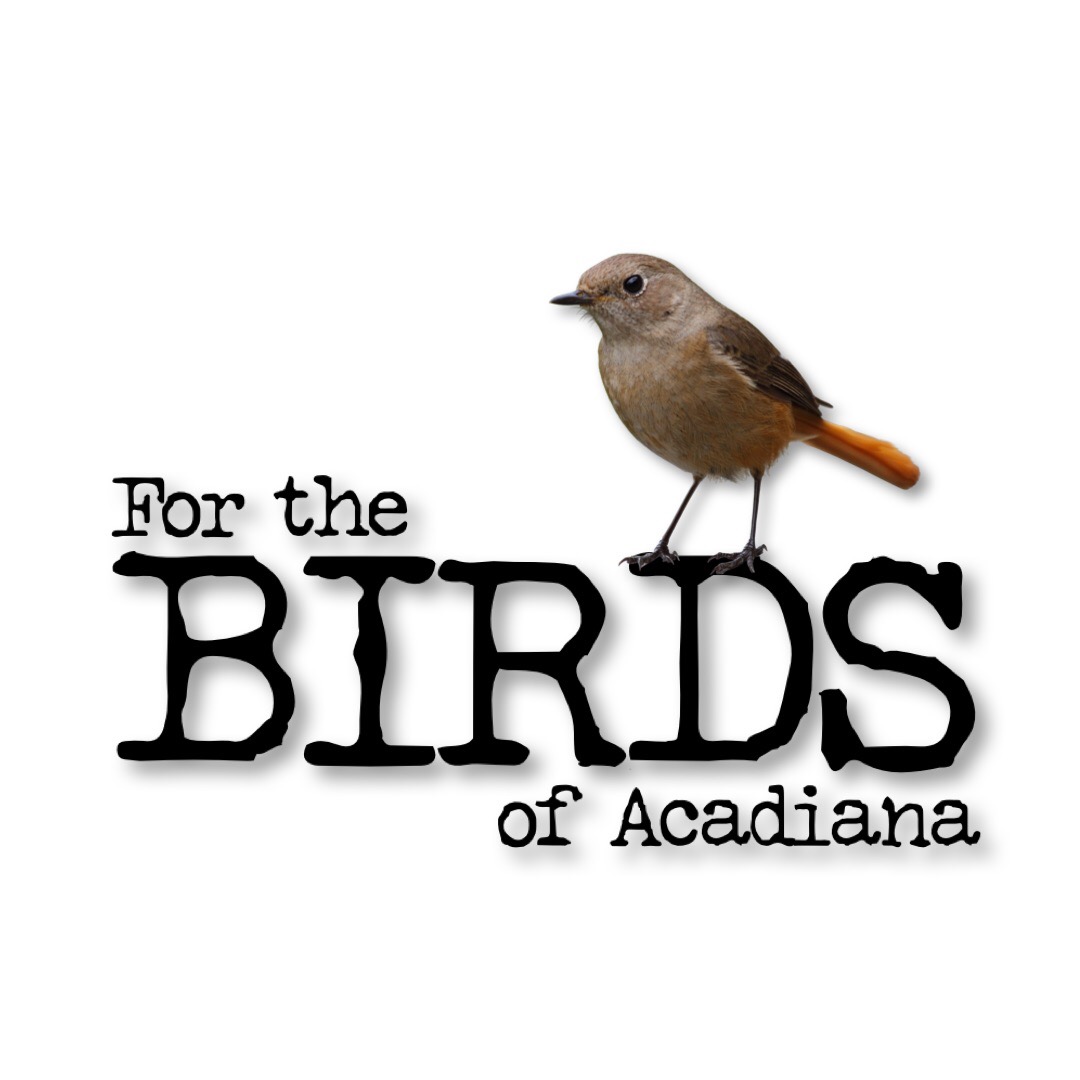Understanding Imprinting in Birds: Familial and Human Influences
- For The Birds

- Aug 15, 2024
- 3 min read
Updated: Aug 19, 2024

Imprinting is a critical behavioral phenomenon observed in avian species, particularly during their early developmental stages. Defined as a rapid learning process occurring at a specific life stage, imprinting shapes the social and reproductive behaviors of birds. Imprinting can occur in two primary forms: familial imprinting and human imprinting, each possessing unique characteristics and implications for avian behavior and rehabilitation.
Familial Imprinting
Familial imprinting refers to the process by which young birds recognize and bond with their parents or caregivers. This bonding typically occurs shortly after hatching and is essential for the survival of the chicks. The imprinting process is often species-specific, meaning that chicks will typically identify and follow members of their own species.
During the critical period of familial imprinting, chicks learn vital survival skills from their parents, such as foraging, predator avoidance, and social interactions.
This learning is facilitated by the presence and behaviors of the parents, who provide not only nourishment but also a model for appropriate behavior.
For instance, in many songbird species, the fledglings learn their species-specific songs from their fathers, which are crucial for attracting mates later in life.

However, familial imprinting can have repercussions beyond immediate survival. An understanding of familial imprinting is pivotal for avian rehabilitators, as improperly imprinted birds may struggle to integrate into wild populations. Birds raised in isolation from their species or without adequate parental modeling can develop maladaptive behaviors that hinder their chances of survival when reintroduced to their natural habitats.
Human Imprinting
Human imprinting occurs when young birds, often raised in captivity or rehabilitation centers, form attachments to humans instead of their own species. This phenomenon is particularly relevant in the field of avian rehabilitation, where orphaned or injured birds are frequently cared for by humans. While human imprinting can be beneficial in certain contexts—such as building trust during rehabilitation—it poses significant challenges when preparing birds for release into the wild.
Birds that imprint on humans may display a range of maladaptive behaviors, including an inability to recognize their species, failure to develop appropriate social behaviors, and an increased risk of predation due to their lack of fear of humans.
This attachment can compromise their survival skills, making it imperative for avian rehabilitators to implement strategies that minimize human imprinting. Techniques such as using decoys, limiting direct contact, and employing naturalistic rearing environments can help mitigate the risks associated with human imprinting.

Implications for Avian Rehabilitation
Understanding the nuances of familial and human imprinting is vital for licensed avian rehabilitators, like those at For The Birds of Acadiana.
Effective rehabilitation not only involves physical care but also psychological considerations that influence a bird's ability to thrive in the wild.

By fostering an environment that encourages familial imprinting while minimizing human interaction, rehabilitators can better prepare birds for successful reintegration into their natural habitats.
In conclusion, both familial and human imprinting play significant roles in the lives of birds, particularly in contexts of rehabilitation and conservation. As research continues to reveal the complexities of avian behavior, understanding these imprinting processes will help enhance rehabilitation practices and promote the long-term success of avian species in the wild.
💕🐦⬛
Julie Rabalais
Founder/Director
3337-501-4523
*This article comes to life through the author's personal insights and experiences, as well as information gathered from respected sources, all brought together to create a richer understanding of the topic.




Comentarii